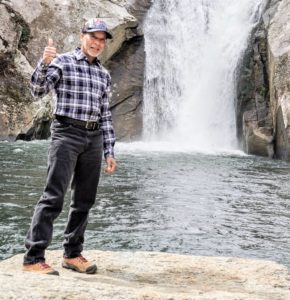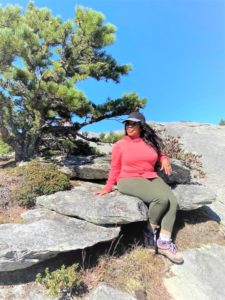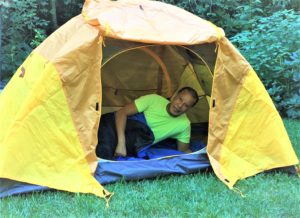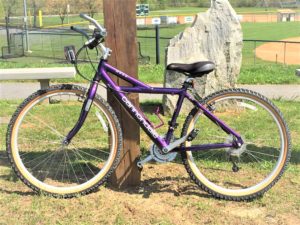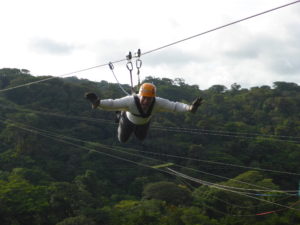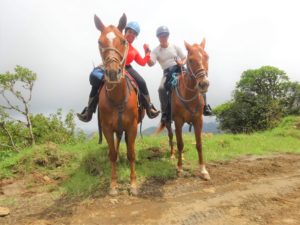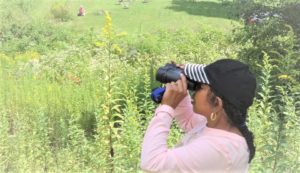Pathways to Parks is an outdoors organization. We engage in walking, hiking, camping, kayaking, tennis, cycling, ziplining, horseback riding, birding, picnicking and all the other activities that parks offer. Our overarching goal is to inspire, educate and connect communities of color with activities in national parks and local and state parks so that they will come to love them and seek to protect them for the benefit of future generations.
Moreover, Pathways to Parks give presentations to community leaders, organizations and institutions to help them realize the health benefits that nature provides by getting people of color outdoors.
Moreover, Pathways to Parks give presentations to community leaders, organizations and institutions to help them realize the health benefits that nature provides by getting people of color outdoors.
